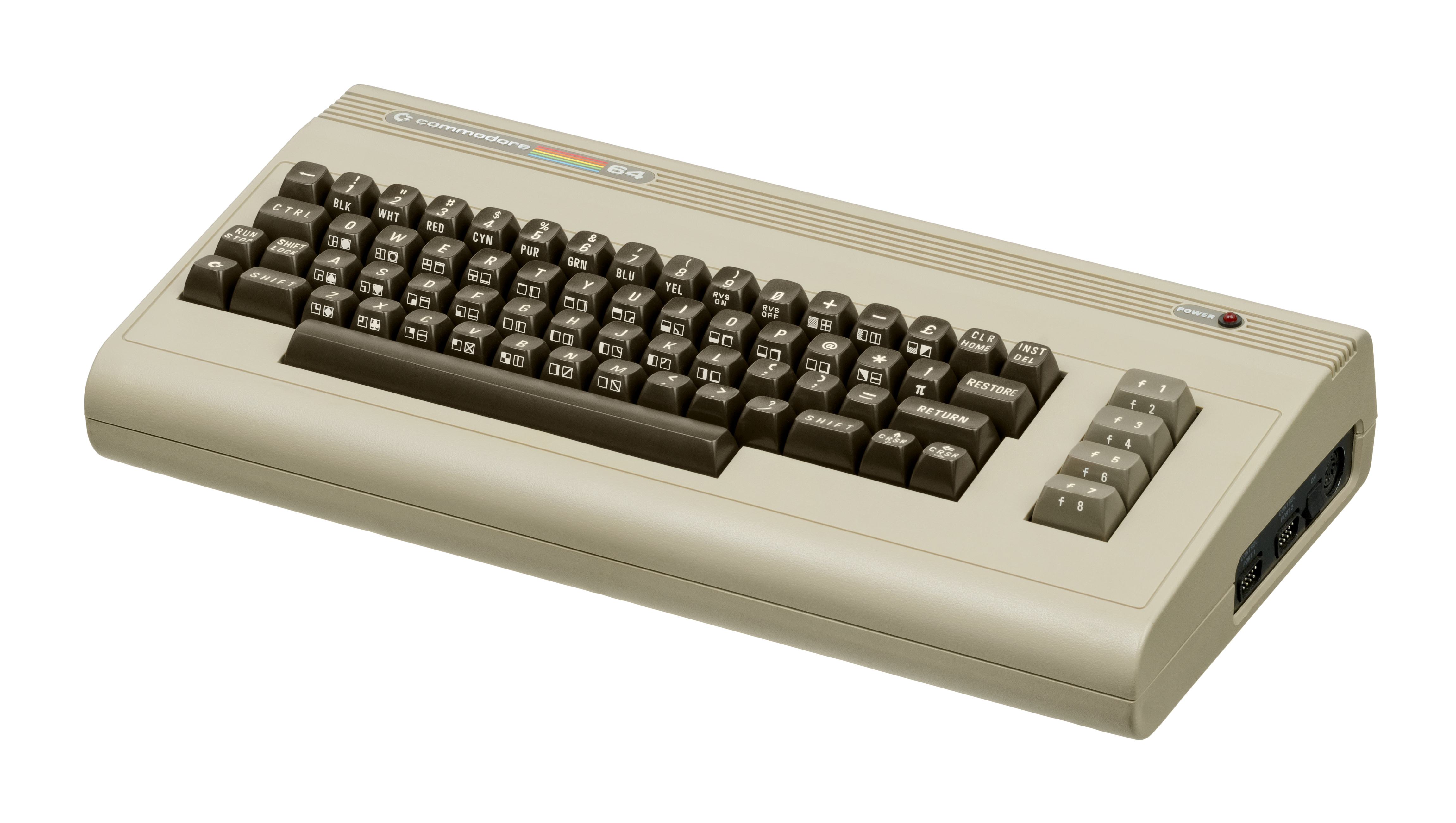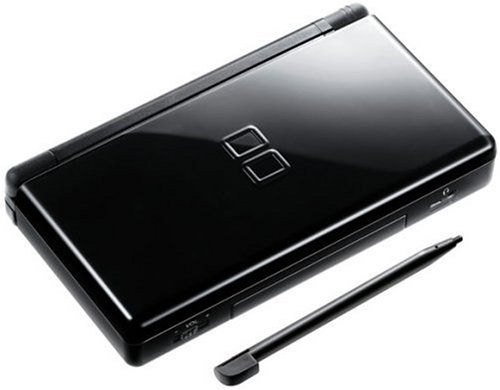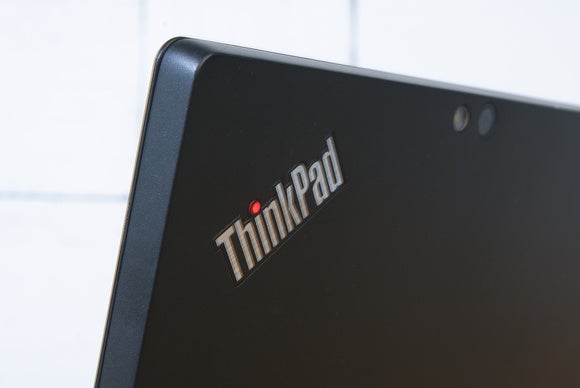Grench
Forum Addict!
- Joined
- Oct 3, 2008
- Messages
- 6,629
@EvilDragon
I do not do any business with waterjet companies, but this site has an awesome video on their front page showing a waterjet slicing through ~1cm aluminum (or some other metal) plate.
https://copeland-gibson.com/?gclid=EAIaIQobChMIx7rdqcCD5QIVgZOzCh252Az6EAAYAiAAEgJeuPD_BwE
A great description of what waterjet cutting is:
https://www.fedtech.com/waterjet-vs-laser-cutting.html
Pro-hobby level machine that should be able to crank them out in a home workshop:
https://www.wazer.com/
My theory in suggesting waterjet is to have them cut the parts from sheet aluminum with the adhesive and release-paper already applied. Cutting through with the release paper side up should allow the release paper to protect the adhesive layer. I have not done this, it is only an idea/theory. A waterjet company would be able to tell you whether or not it could work.
The type of feedstock I envision:
https://www.mcmaster.com/8941k28
Though that stuff is thin enough and flexible enough that it should be simple to die cut - and flexible enough for any beveling around the edges to flatten back out during application. 0.01 cm thickness - which doesn't sound like much until you consider that household heavy duty aluminum foil is 0.0024 cm thickness. So, this adhesive backed aluminum foil roll stock is four to five times thicker than any household 'foil' you are likely to be familiar with.
Supplying options/ideas only.
I do not do any business with waterjet companies, but this site has an awesome video on their front page showing a waterjet slicing through ~1cm aluminum (or some other metal) plate.
https://copeland-gibson.com/?gclid=EAIaIQobChMIx7rdqcCD5QIVgZOzCh252Az6EAAYAiAAEgJeuPD_BwE
A great description of what waterjet cutting is:
https://www.fedtech.com/waterjet-vs-laser-cutting.html
Pro-hobby level machine that should be able to crank them out in a home workshop:
https://www.wazer.com/
My theory in suggesting waterjet is to have them cut the parts from sheet aluminum with the adhesive and release-paper already applied. Cutting through with the release paper side up should allow the release paper to protect the adhesive layer. I have not done this, it is only an idea/theory. A waterjet company would be able to tell you whether or not it could work.
The type of feedstock I envision:
https://www.mcmaster.com/8941k28
Though that stuff is thin enough and flexible enough that it should be simple to die cut - and flexible enough for any beveling around the edges to flatten back out during application. 0.01 cm thickness - which doesn't sound like much until you consider that household heavy duty aluminum foil is 0.0024 cm thickness. So, this adhesive backed aluminum foil roll stock is four to five times thicker than any household 'foil' you are likely to be familiar with.
Supplying options/ideas only.




